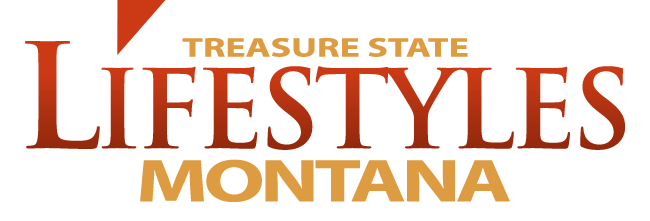A Fight for Rights
Women’s suffrage in Montana predates Montana as a state. It was 1883 when the Women’s Christian Temperance Union rolled into the territory, voicing support for a woman’s right to vote. In 1987, some momentum was gained, when it was decided that women could be trusted to vote in school board elections and on tax issues.
At the state constitutional convention in 1889, Henry Blackwell spoke to delegates as a proponent of women’s suffrage; however, the proposition to grant Montana women the right to vote did not pass.
Disheartened but not defeated, suffragists continued to campaign for the equality of women, lobbying the Montana Legislature for voting rights through the end of the Nineteenth Century.
Then, in the early Twentieth Century, Montana women demanded their voices be heard. By January 1913, a women’s suffrage bill passed the Montana Legislature and went out
as a referendum. After a somewhat contested election on November 3, 1914, (white) women were granted the right to vote. (Native American women gained voting rights in 1924 with the passage of the Indian Citizenship Act. Black women were unable to exercise their voting rights, in-practice, until the Voting Rights Act of 1965.) Montana became the eleventh state in the union to grant women’s suffrage.
In 1915, Jeanette Rankin invited suffragists to Helena for a conference on the “intelligent use of the ballot.” These groups later evolved into the Montana League of Women Voters, while Rankin became the first woman to hold federal office in the United States.
Workforce Women
Up until the Twentieth Century, American women were largely confined to traditional roles—mother, homemaker, teacher—but with the growing trend of industrialization came more employment opportunities for “the fairer sex.”
By 1900, 18.8 percent of women were employed outside the home. Many served as retail sales clerks, typists, and nurses, while others worked in factories. Of those in manufacturing, three-quarters made apparel (or its materials), food, or tobacco products.
Then came the Great War. Hundreds of American volunteer forces joined the fight as early as 1914. When the U.S. officially entered WWI on April 6, 1917, roughly two million men volunteered for various branches of the armed services, and some 2.8 million were drafted. As a result, women stepped into vocations previously inaccessible to them (though they remained largely concentrated in occupations such as domestic and personal service, clerical work, and factory operations).
The war ended in 1918, but workforce women continued to be commonplace. By 1920, over twenty percent of working Americans were female.
A League of Their Own
For working women, hours were often long. Pay was seldom fair. And frequently, working conditions could be described as hazardous (at best).
In 1903 came the final straw. At an American Federation of Labor (AFL) meeting in Boston, the AFL made it clear that they had no intention of including women within the organization. At that, the Women’s Trade Union League (WTUL) was founded. Uniting women from all classes to work toward better, fairer working conditions, WTUL was the first national association to organize women workers.
Largely funded by its own members, WTUL played a prominent role in the Labor Movement of the early Twentieth Century. During the garment industry strikes of 1909–1911, WTUL members marched with striking workers and helped establish strike funds.
On March 25, 1911, WTUL was among those outraged when 146 people burned to death in a fire at the Triangle Shirtwaist Factory in New York. Many had become trapped because the doors to the stairwells and exits were locked (to prevent unauthorized breaks and theft). The majority of the dead were women under 23. The youngest fatalities were two fourteen- year-old girls. WTUL launched a four-year investigation of the industrial disaster, the findings of which helped shape new regulations regarding workplace safety.
Though WTUL was significantly weakened by the Great Depression (and disbanded by 1950), the league’s efforts helped to shape workforce policies, including the establishment of a minimum wage and the abolition of child labor— guidelines that not only helped women, but Americans of every age and gender.


